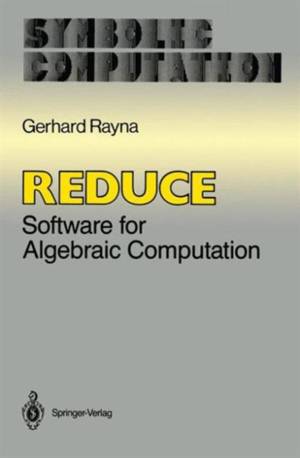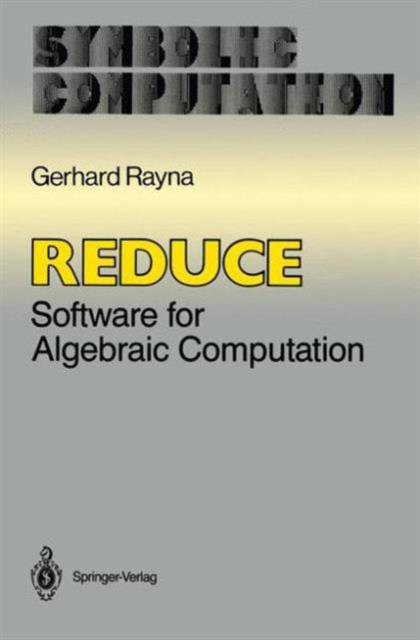
- Afhalen na 1 uur in een winkel met voorraad
- Gratis thuislevering in België vanaf € 30
- Ruim aanbod met 7 miljoen producten
- Afhalen na 1 uur in een winkel met voorraad
- Gratis thuislevering in België vanaf € 30
- Ruim aanbod met 7 miljoen producten
Zoeken
Omschrijving
CONTRIBUTED BY DR. ANTHONY C. HEARN THE RAND CORPORATION, SANTA MONICA, CALIFORNIA REDUCE is a computer program for algebraic computation that IS III world-wide use by thousands of scientists, engineers, and mathematicians. Although it traces its beginnings to 1963, until recently it has only been available on main-frame computers because of its relatively large resource requirements. In 1980 I predicted (1) that by the mid-1980's it would be possible to obtain personal computers in the $10,000 $20,000 range capable of running REDUCE. I am therefore delighted to see that machines of the power of the IBM PC can now run this system, even though these computers are more modestly priced than my 1980 vision of the personal algebra machine. In addition to the need for the more widespread access that personal computers can now provide, there has been a longstanding need for a textbook to help the beginning user become better acquainted with the system. I am therefore very glad that Dr. Rayna has undertaken to write such a book, just as the era of the REDUCE personal algebra machine is beginning. In order to understand the nature of REDUCE, a little history is in order. In 1963 I met Dr. John McCarthy, the inventor of LISP.
Specificaties
Betrokkenen
- Auteur(s):
- Uitgeverij:
Inhoud
- Aantal bladzijden:
- 329
- Taal:
- Engels
- Reeks:
Eigenschappen
- Productcode (EAN):
- 9780387965987
- Verschijningsdatum:
- 5/10/1987
- Uitvoering:
- Paperback
- Formaat:
- Trade paperback (VS)
- Afmetingen:
- 156 mm x 234 mm
- Gewicht:
- 476 g

Alleen bij Standaard Boekhandel
+ 294 punten op je klantenkaart van Standaard Boekhandel
Beoordelingen
We publiceren alleen reviews die voldoen aan de voorwaarden voor reviews. Bekijk onze voorwaarden voor reviews.











